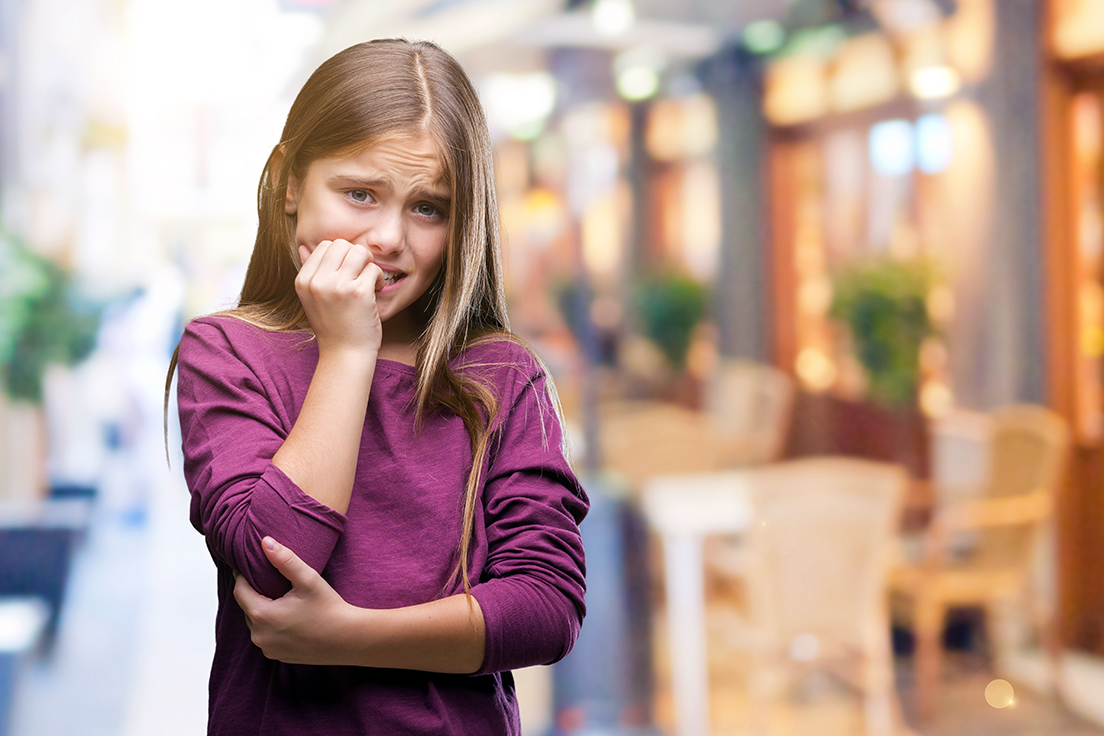Does My Child Have Social Anxiety?
It can be hard to know if your child’s shyness is normal or something to worry about. If you are wondering whether your child’s shyness is more than just bashfulness, read on.
Social Anxiety Disorder (SAD) refers to intense fears or anxiety about being in social situations in which you might be negatively judged by others. For example, worrying about sounding stupid when you speak, making a mistake in a speech or performance, not being liked by new people, that other people will laugh or make fun of you, about offending other people, or about eating or drinking in front of others.
Social Anxiety Disorder: Is Your Child Struggling?
In young children, this anxiety can look like crying, tantrums, freezing, clinging, shrinking, and avoiding. In teens, it often manifests as irritability, anxiety attacks, rumination, and avoidance.
Social anxiety does not usually go away on its own. In fact, as your child avoids more social situations, the anxiety often grows over time, making things worse in the long run. This can lead to problems making friends, social isolation, and increasing mental health problems.
Signs of Anxiety to Watch Out for in Your Child
While some children do go through shy phases that they grow out of with maturity and support, or may be natural introverts, there are a few things to watch out for that can indicate that your child might be struggling with something more.
1) The anxiety occurs in peer settings, not just with adults. It is normal for young children to be anxious in the presence of unfamiliar adults or intimidating adults, where there is a power difference. However, when anxiety occurs in the presence of other children their own age, where there is no power difference, it often stems from a fear of being judged by peers.
2) The anxiety is related to a fear of being negatively evaluated by others, such as what other people will think, whether others will laugh at them or make fun of them, or looking stupid or awkward in front of others.
3) The fear is intense and out of proportion to the actual threat. This means that your child avoids the social situation, or endures it with high distress.
4) The anxiety almost always occurs in the social situation, not just occasionally. This can include anxiety in advance of the social situation (such as worrying for weeks in advance about a speech or social event), during the situation, or emotional meltdowns right after. If the anxiety is almost always there, and has persisted over time, this is a sign that it is probably more than shyness.
5) Your child’s anxiety causes interference in their life. Interference is probably the strongest red flag that your child’s shyness might be a bigger problem. Interference means when the anxiety stops your child from doing things they want to do, or things they need to do. For example, if your child stays home to avoid tests or presentations, avoids social situations with peers, has other people speak for them, prefers to stay home than go out with friends, or chooses to cancel or miss out on social events due to their anxiety, this is interference. Over time, this can lead to isolation, increased anxiety, and depression. When interference is high, it is usually time to see a professional to get some support.
Fortunately, Social Anxiety is highly treatable. Cognitive Behaviour Therapy (CBT) with supported and systematic exposure is one of the most common types of treatment. This is where your child learns to reframe the way they think, how to relax their bodies when stressed and tense, and then gradually face their fears with the support of a trained therapist.
At CASE Psychology, our experienced Child Therapists are highly trained in a variety of evidence-based approaches for treating anxiety disorders in children and teens, including CBT. If you are worried that your child might be struggling with social anxiety and might need professional support, please contact our office to book a consultation with a member of our team.

